Discover the beneficial bugs for your veggie garden. There are thousands of insects living in the typical garden, but you might be surprised to find that only 10% of them are harmful. The majority are actually either helpful or safe. There are three basic types of beneficial insects: Pollinators, predators, and parasitic creatures. In this article, we will introduce you to some bugs for your veggie garden.
LADYBUGS: beneficial bugs
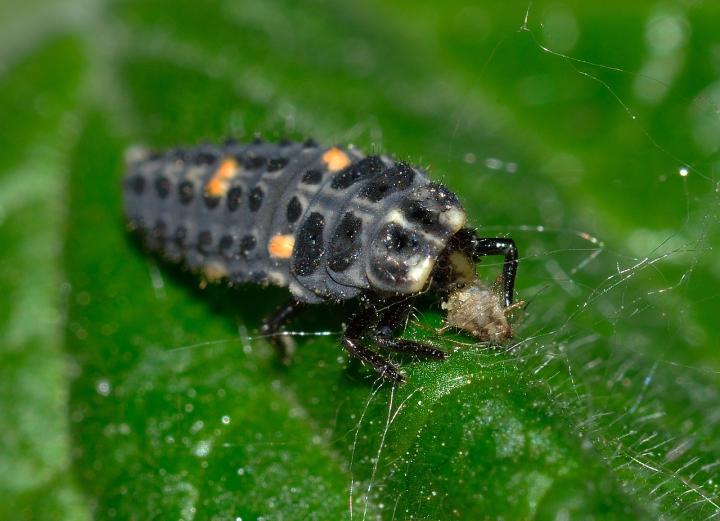
IMAGE CREDITS: https://www.almanac.com/beneficial-insects-garden
Even though they have a cute name and look, ladybugs are vicious predators! They start off as larvae that crawl around on plants and eat aphids before they develop their vivid red colors. Unbeknownst to you, a ladybug larva can consume up to 40 aphids in one hour.
GREEN LACEWINGS
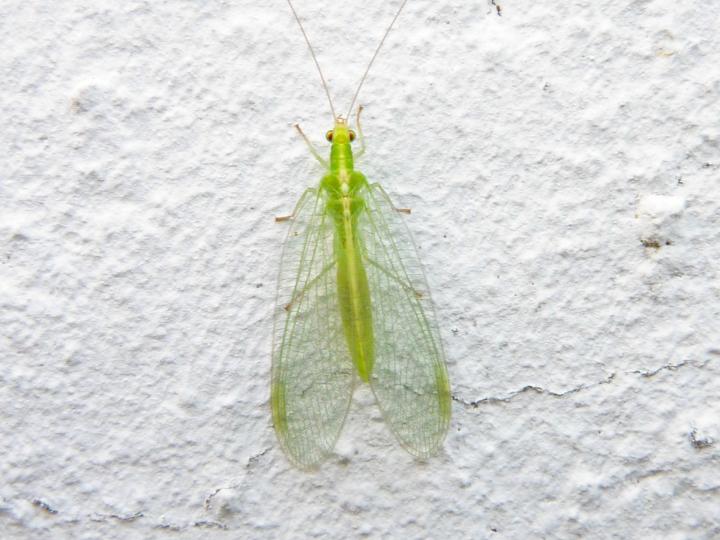
IMAGE CREDITS: https://www.almanac.com/beneficial-insects-garden
The larvae of green lacewings, which resemble a cross between an alligator and a slug, feed on soft-bodied garden pests like caterpillars and aphids while the adult birds consume pollen and nectar.
PRAYING MANTIS: beneficial bugs
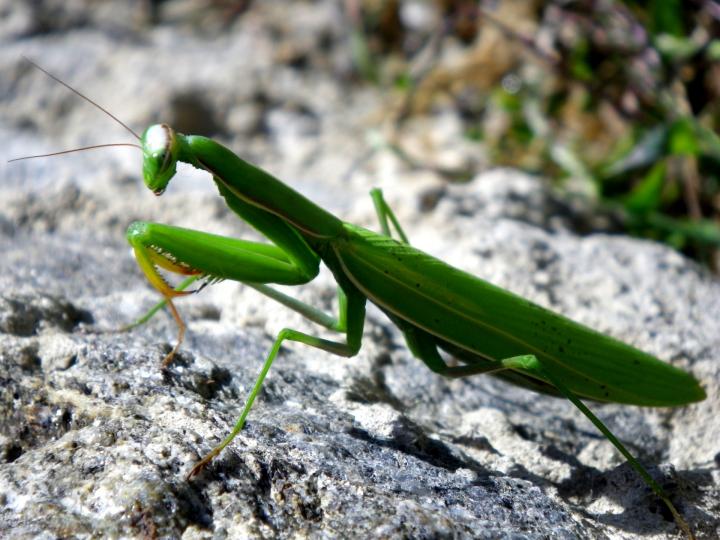
IMAGE CREDITS: https://www.almanac.com/beneficial-insects-garden
Praying mantis are fierce predators that will eliminate any grasshoppers that are troubling you as well as many other garden nuisance insects including moths, beetles, and flies. Remember, too, that ferocious praying mantis will also eat other beneficial insects like butterflies, bees, and hummingbirds.
SPIDERS
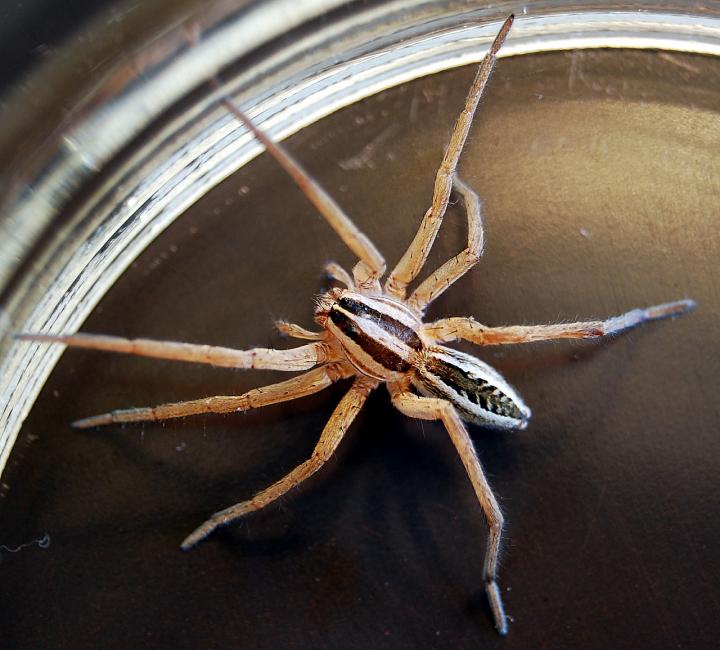
IMAGE CREDITS: https://www.almanac.com/beneficial-insects-garden
Despite being arachnids, not insects, spiders are extremely effective pest controllers yet are generally overlooked as a resource. They eat a lot of live insects because their prey attracts them as it moves. The control of pests is very effective with wolf and jumping spiders.
GROUND BEETLES
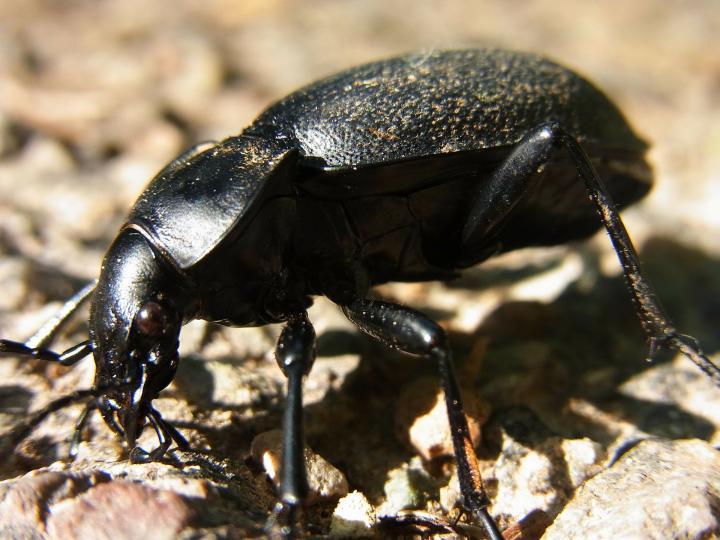
IMAGE CREDITS: https://www.almanac.com/beneficial-insects-garden
The term “ground beetles” refers to a huge group of predatory beetles that are advantageous as both adults and larvae. A vast variety of insects, such as nematodes, caterpillars, thrips, weevils, slugs, and silverfish, will be consumed by them. Don’t squish every bug you encounter in the garden, even though insects like Japanese beetles should be managed.
SOLDIER BEETLES
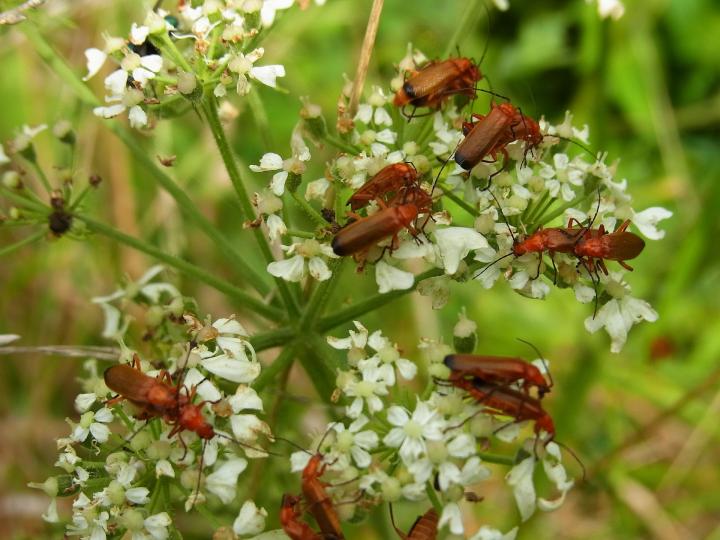
IMAGE CREDITS: https://www.almanac.com/beneficial-insects-garden
Caterpillars, aphids, Colorado potato beetles, Mexican bean beetles, and soldier beetles are all key prey items for soldier beetles. They are drawn to plants with compound flowers like yarrow and queen Anne’s lace, as do many useful insects.
ASSASSIN BUGS
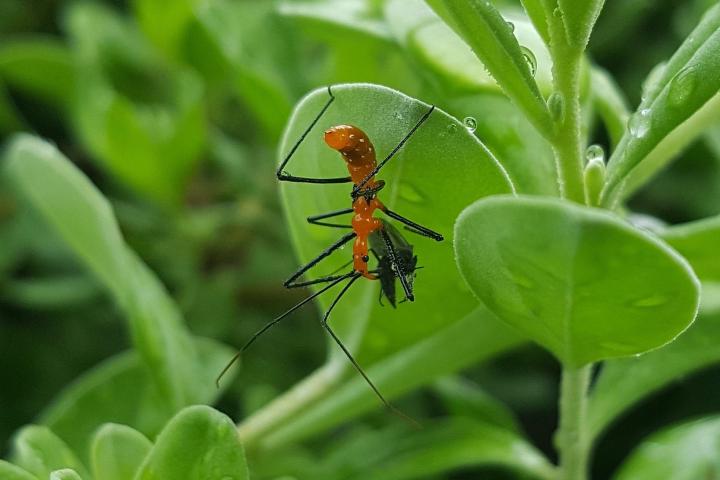
IMAGE CREDITS: https://www.almanac.com/-insects-garden
Assassin bugs seem like an odd hybrid of a praying mantis and a squash bug. They use their specialized mouthparts to hunt a variety of insect pests in the garden. Before you squash something, closely examine it because you can mistake adults for squash bugs.
ROBBER FLIES: beneficial bugs
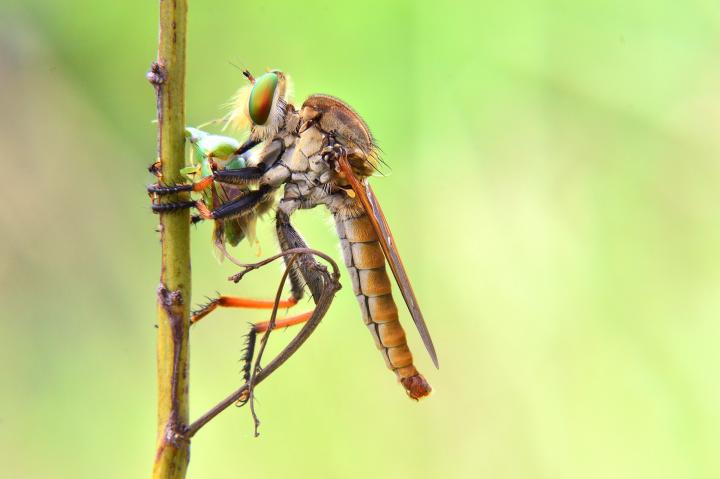
IMAGE CREDITS: https://www.almanac.com/beneficial-insects-garden
Robber flies are bug-eating machines that we are grateful to have on our side because of their extra-long legs. Despite their fearsome appearance, they do not assault people, in contrast to horseflies (although they are capable of biting when threatened). Instead, they target several widespread garden pests.
HOVERFLIES
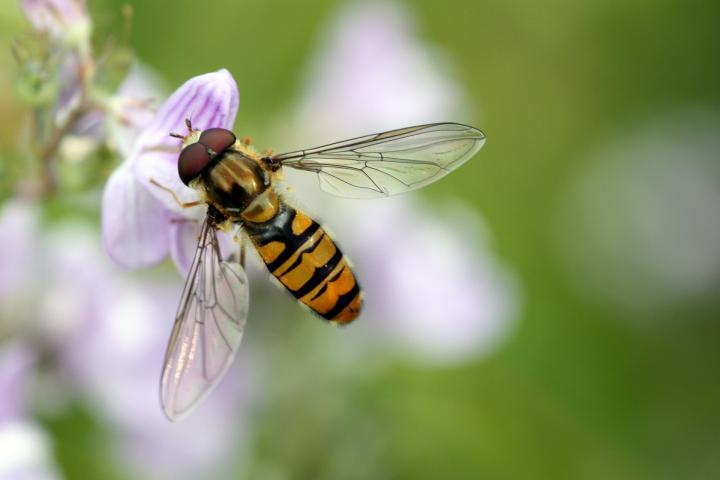
IMAGE CREDITS: https://www.almanac.com/beneficial-insects-garden
The hoverfly, which resembles a little yellow jacket without a stinger, is another fly to keep in your garden. They are incredibly significant pollinators and consume pollen and nectar. As ravenous predators, their larvae consume the liquid from their prey to quickly dispatch aphids, caterpillars, beetles, and thrips.
MOTH EGG PARASITE: beneficial bugs

IMAGE CREDITS: https://www.planetnatural.com/beneficial-insects-101/parasitic-wasp/
Trichogramma pretiosum, despite its diminutive size of 1mm or less, effectively kills roughly 200 undesirable insects. It uses smell to determine whether a host is appropriate for the laying of its egg. A destroyed wasp egg leaves behind a scent that it uses to find a new host. It exists before potentially harmful pests including the armyworm, bagworm, European corn borer, peach borer, squash borer, cankerworm, alfalfa caterpillar, cutworm, corn earworm, wax moth, tomato hornworm, cabbage looper, and codling moth. The parasitic wasp lays its eggs inside the pests’ eggs and kills them before they can hatch into plant-eating larvae.
USEFUL LINKS
For more updates, stay tuned.

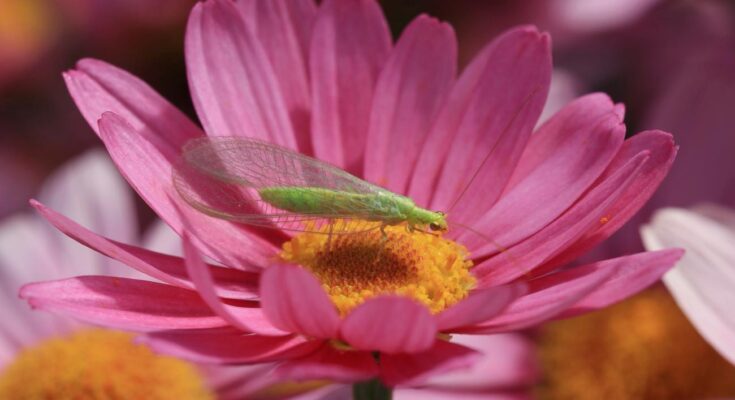



2 Comments on “BENEFICIAL BUGS FOR YOUR VEGGIE GARDEN”